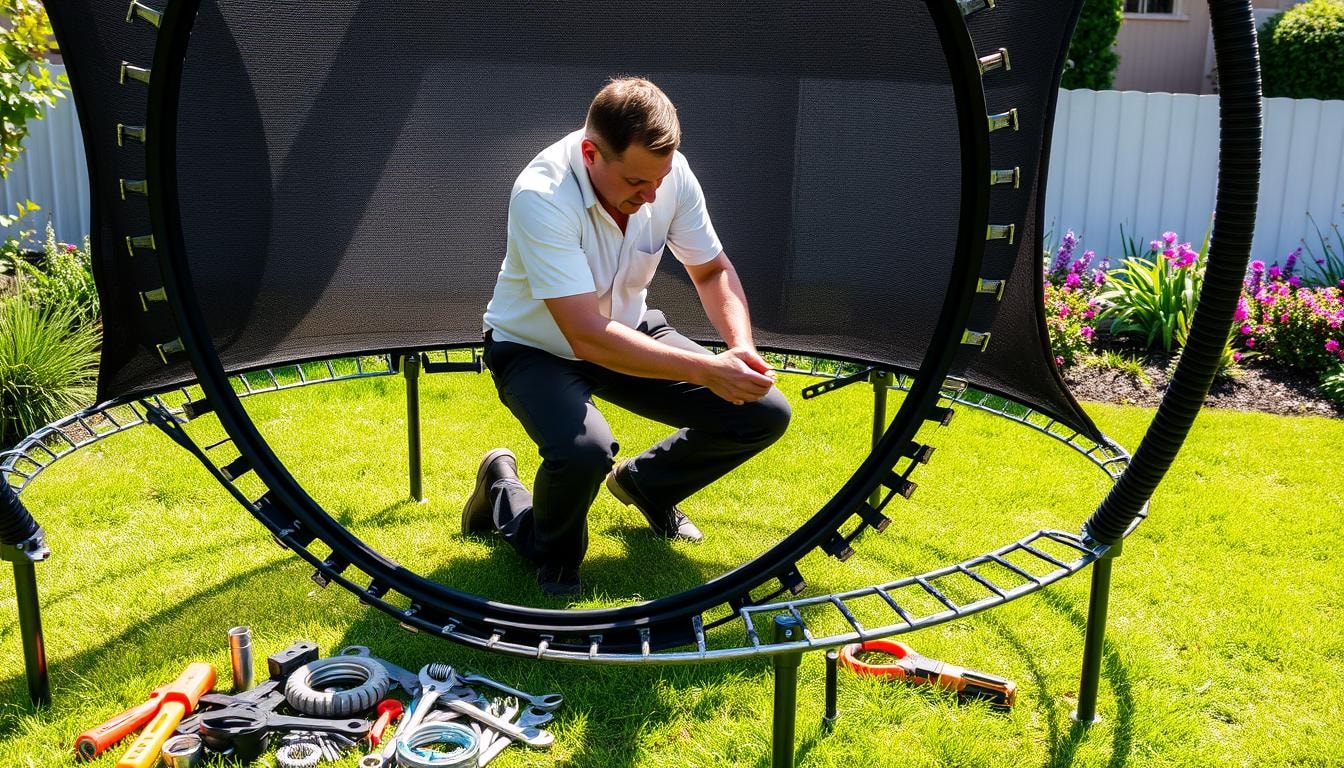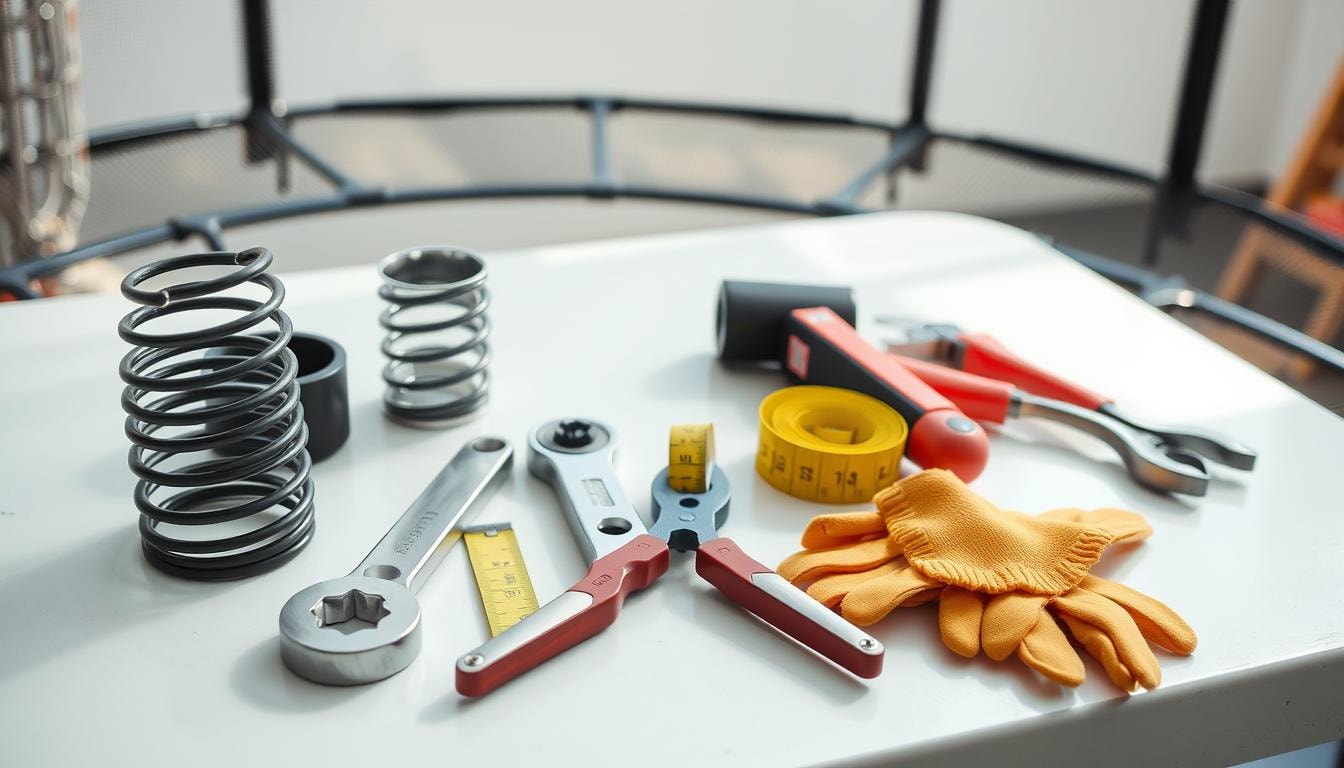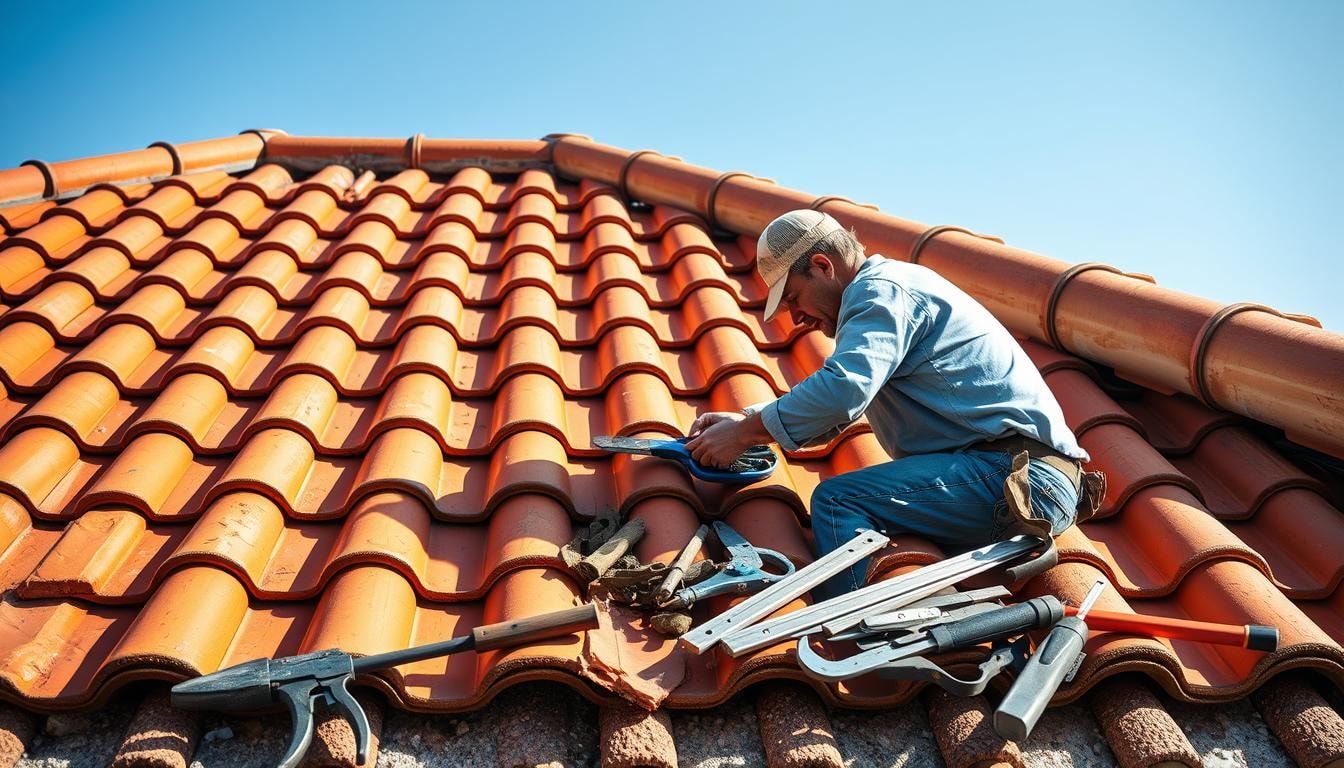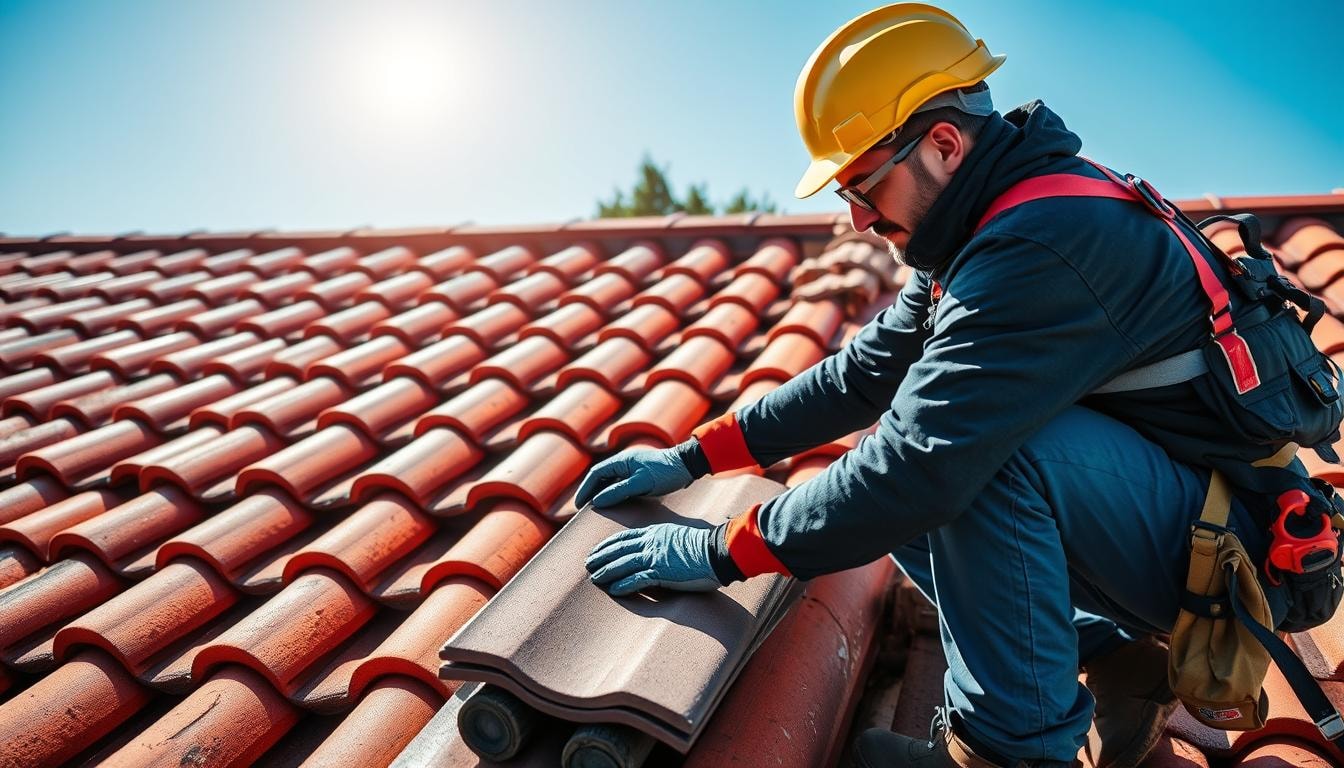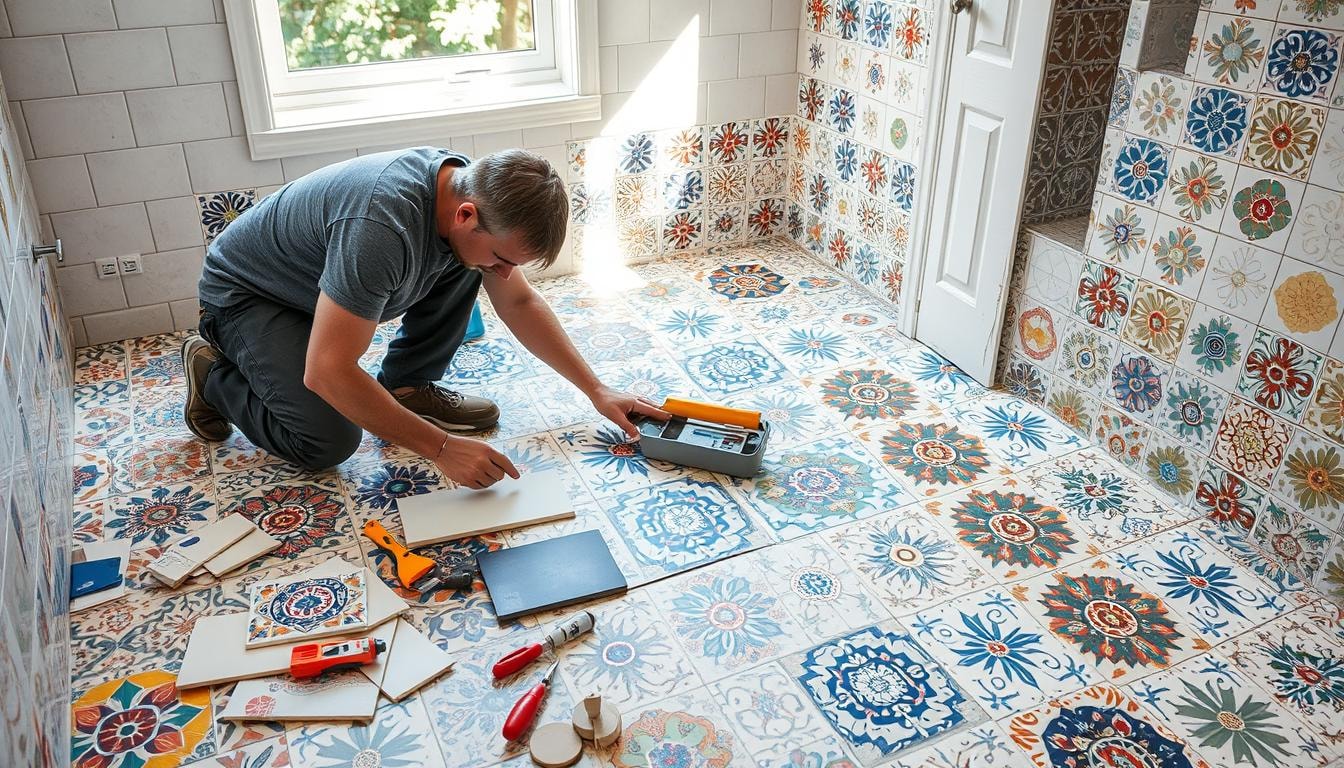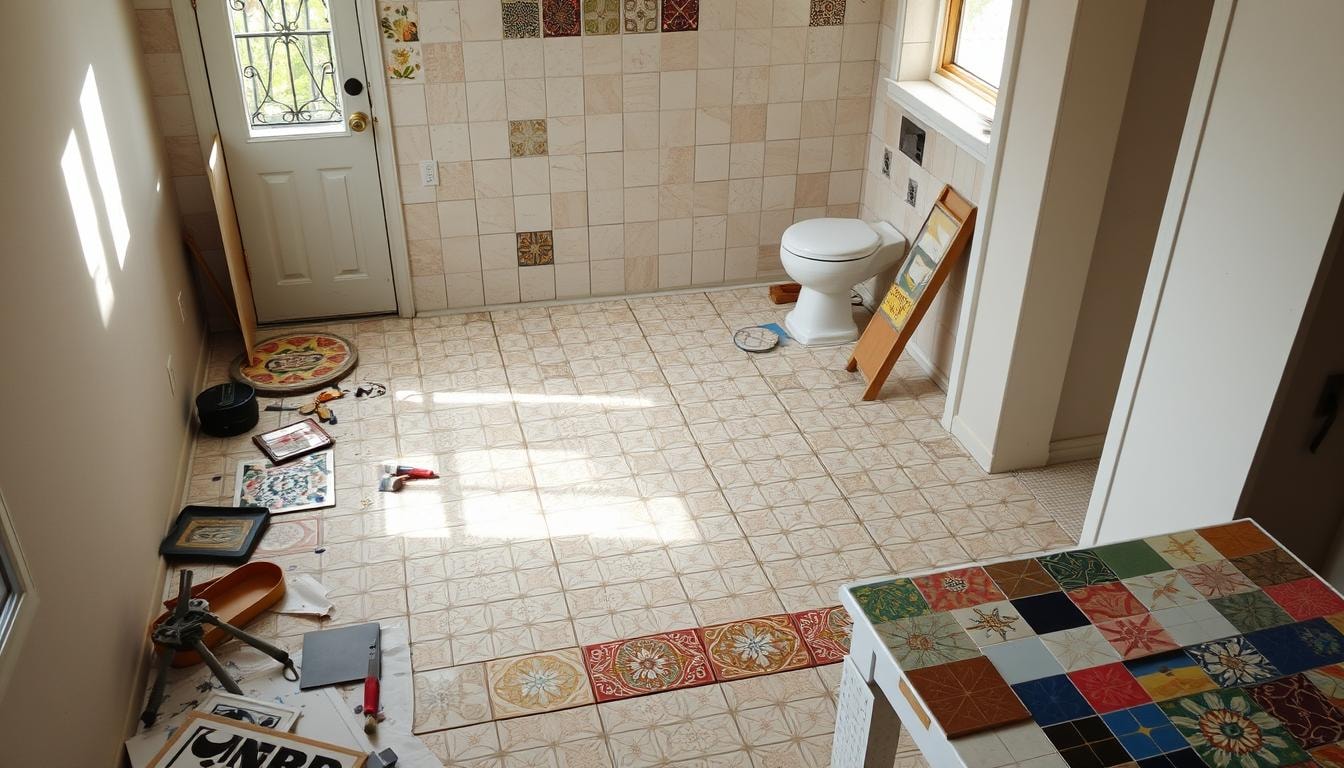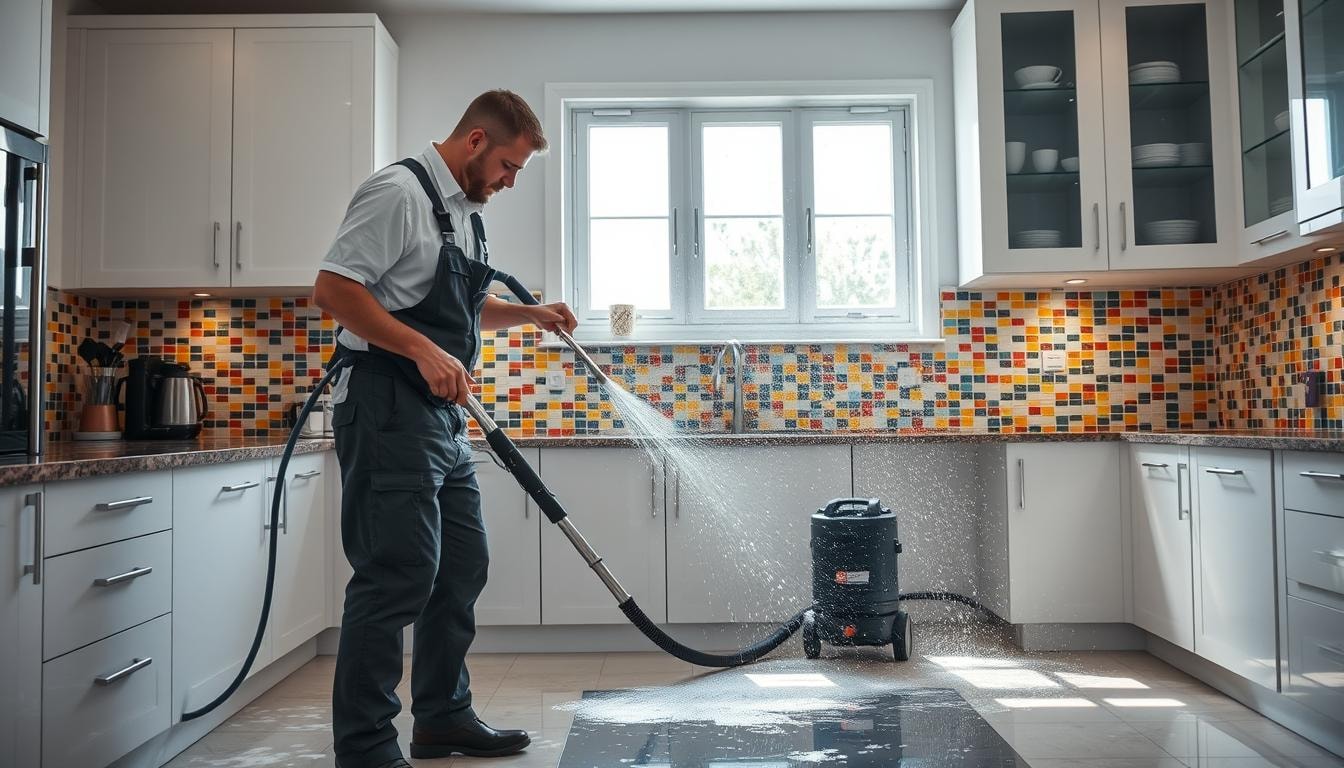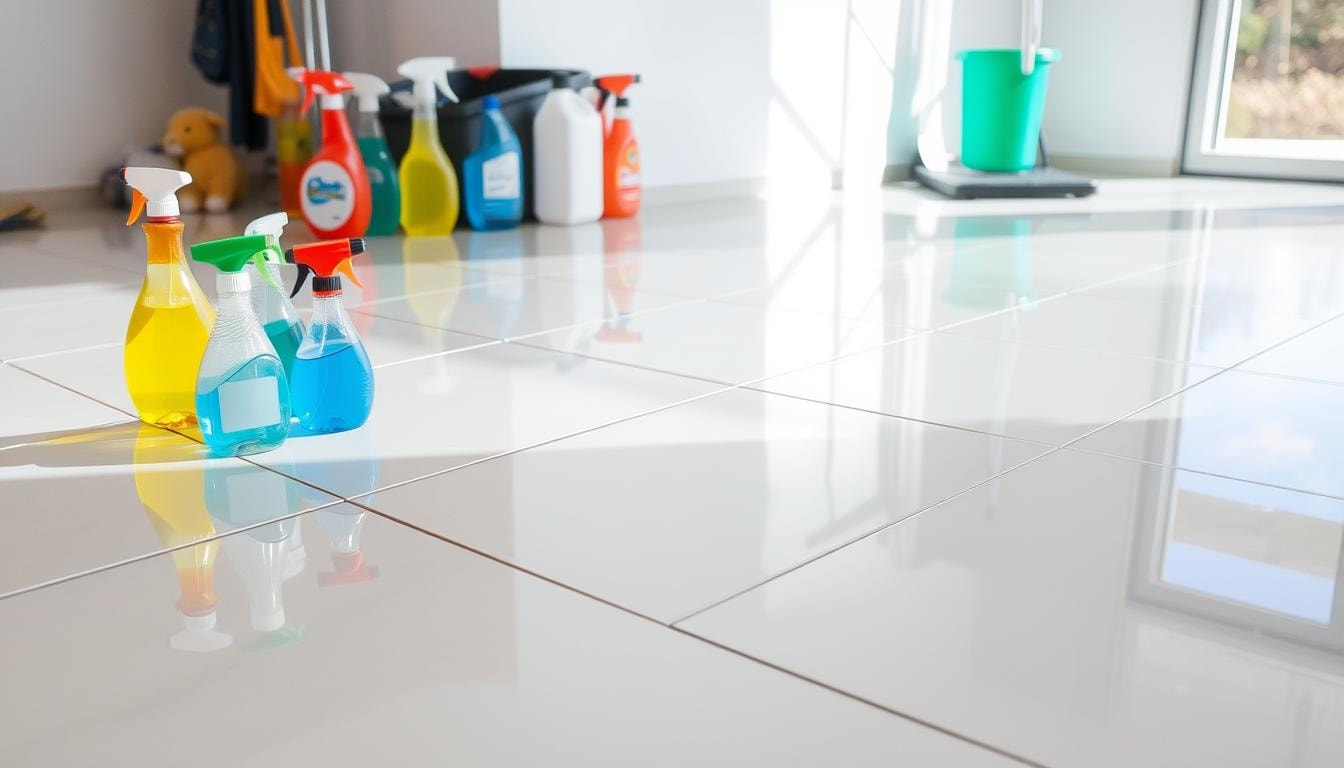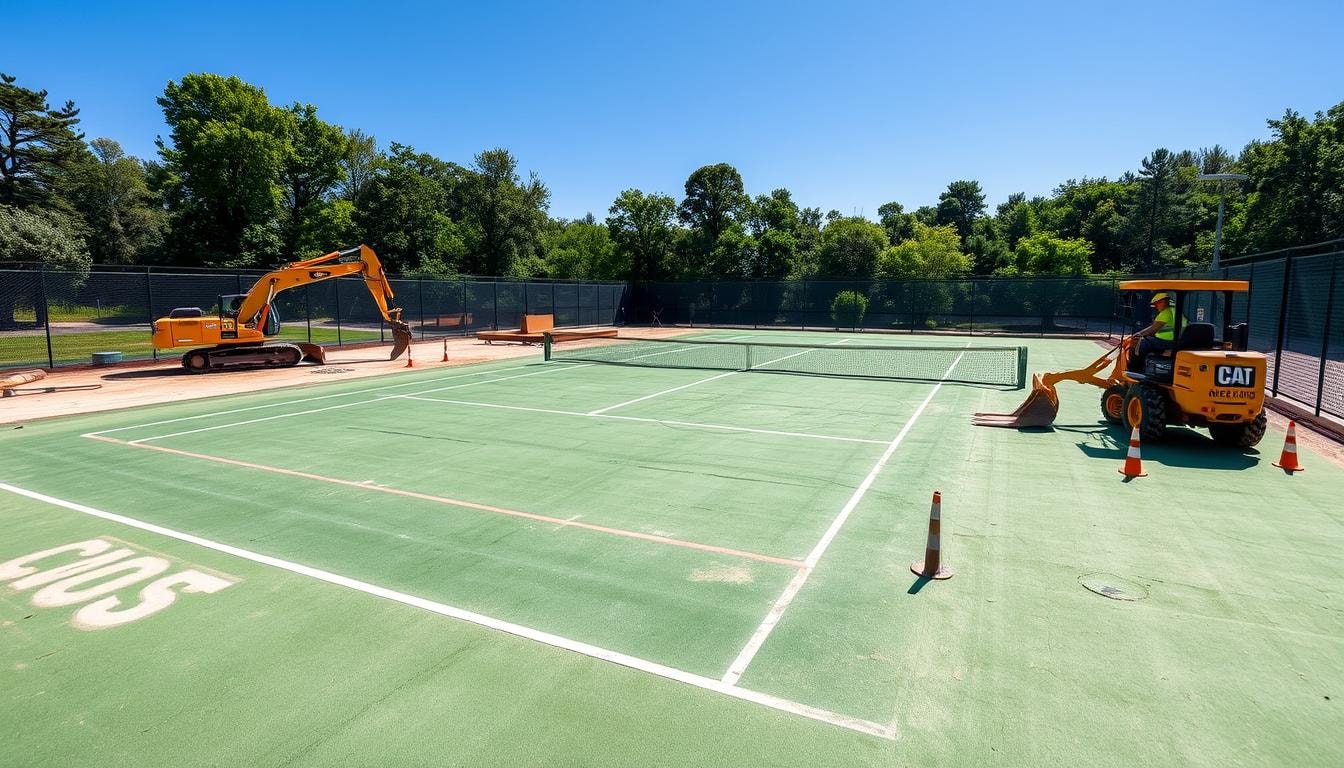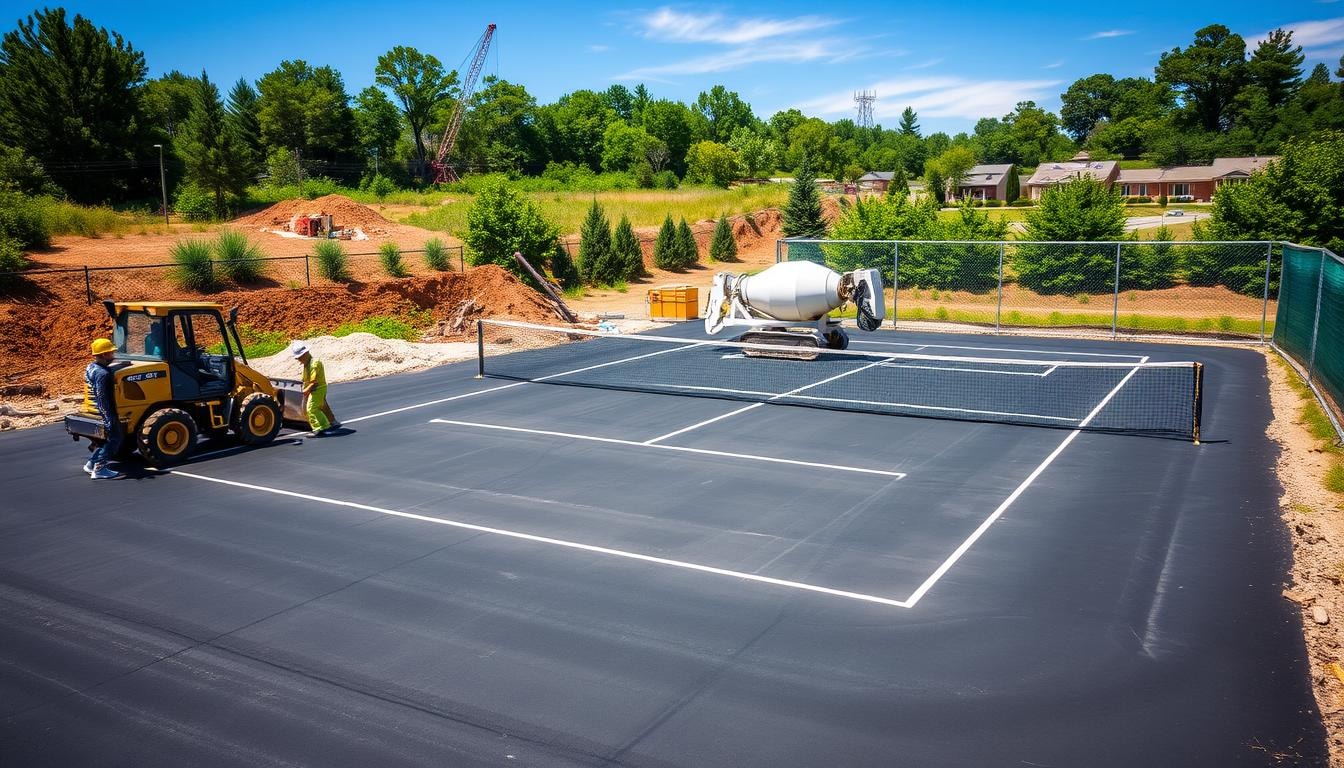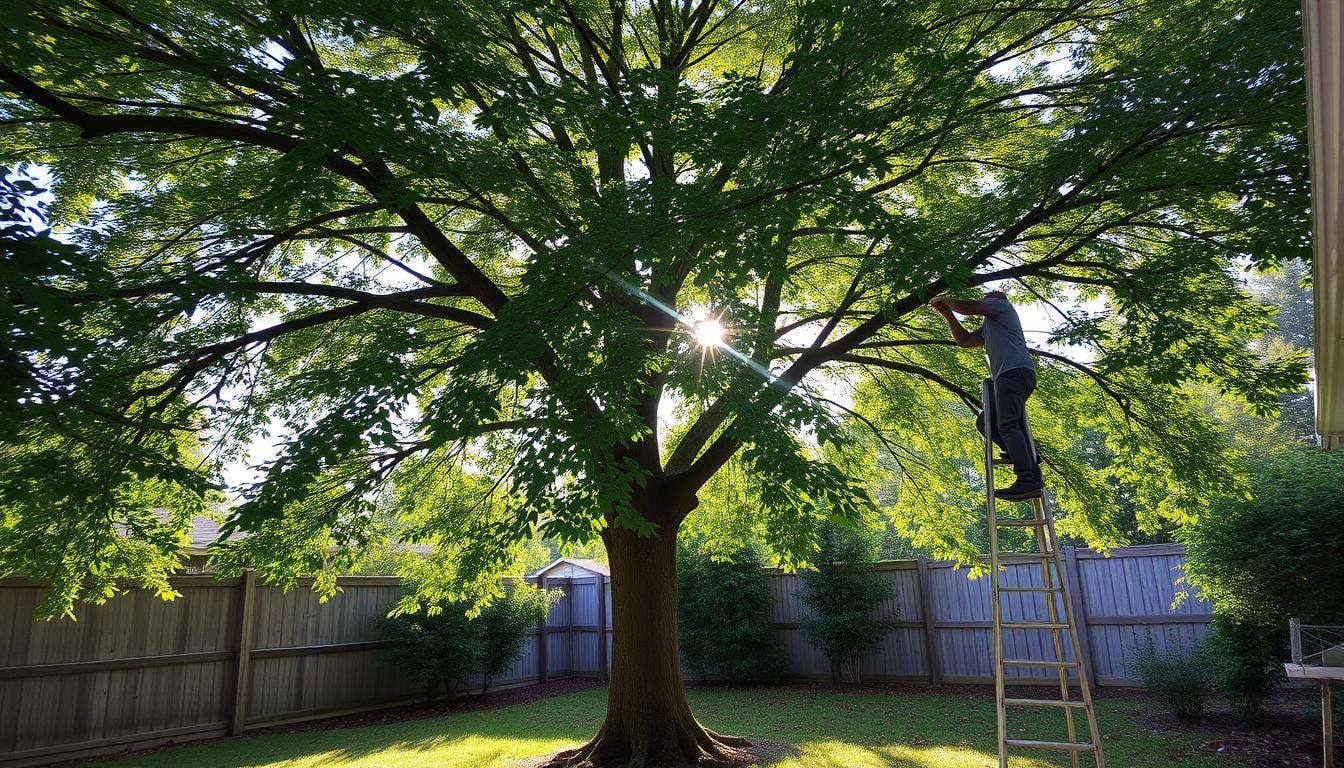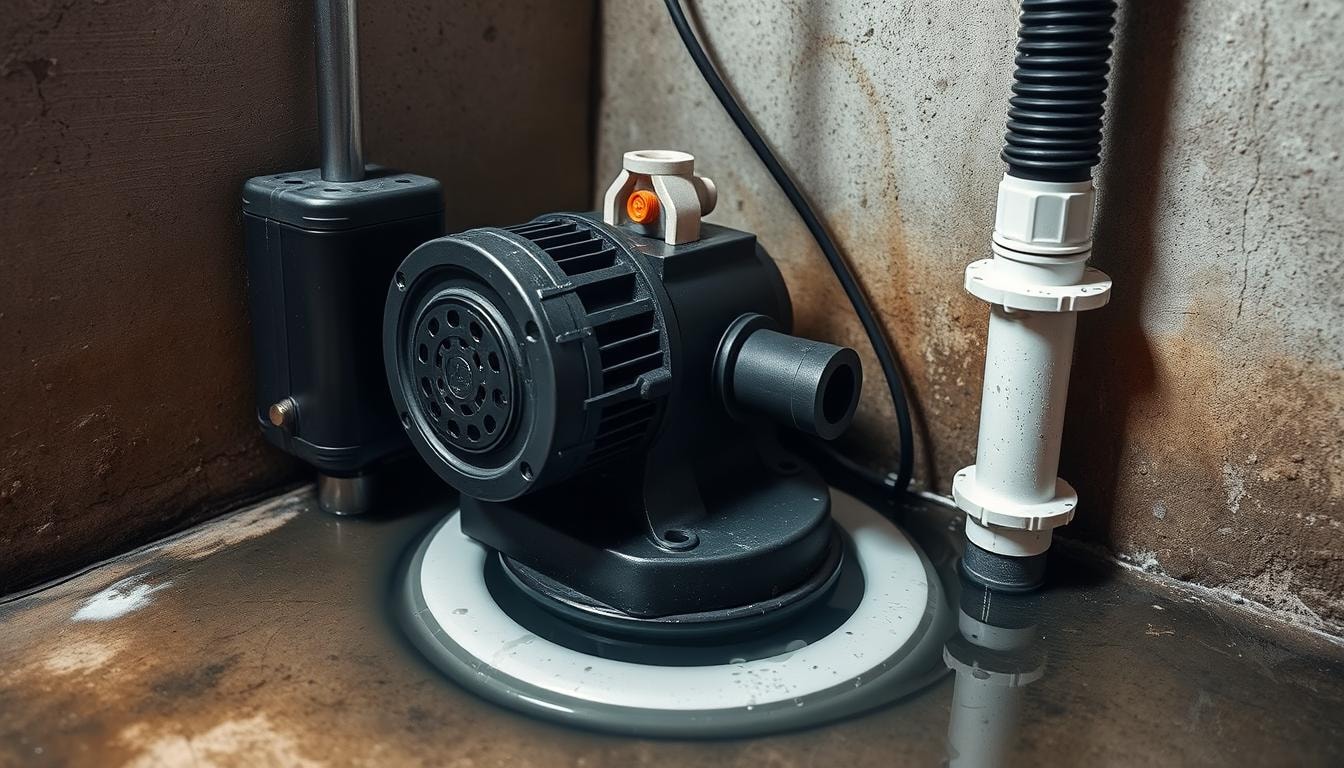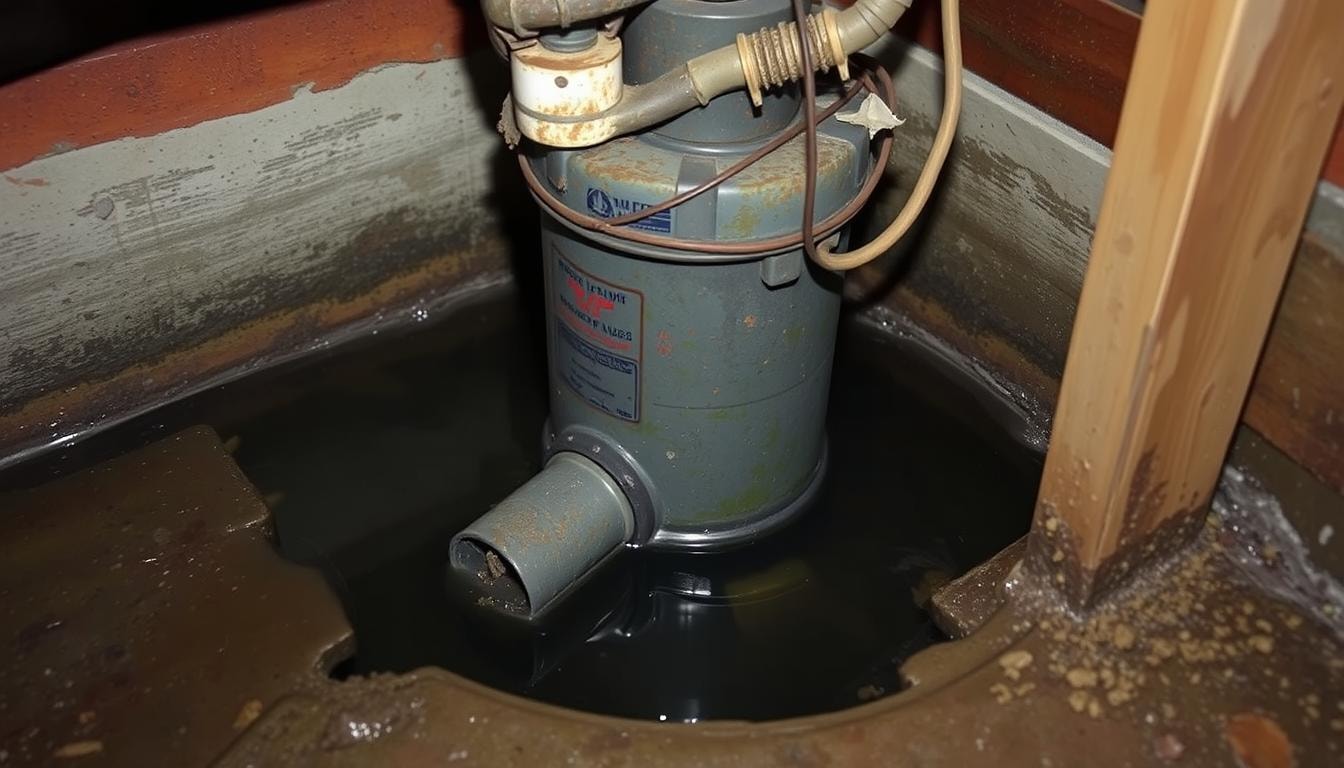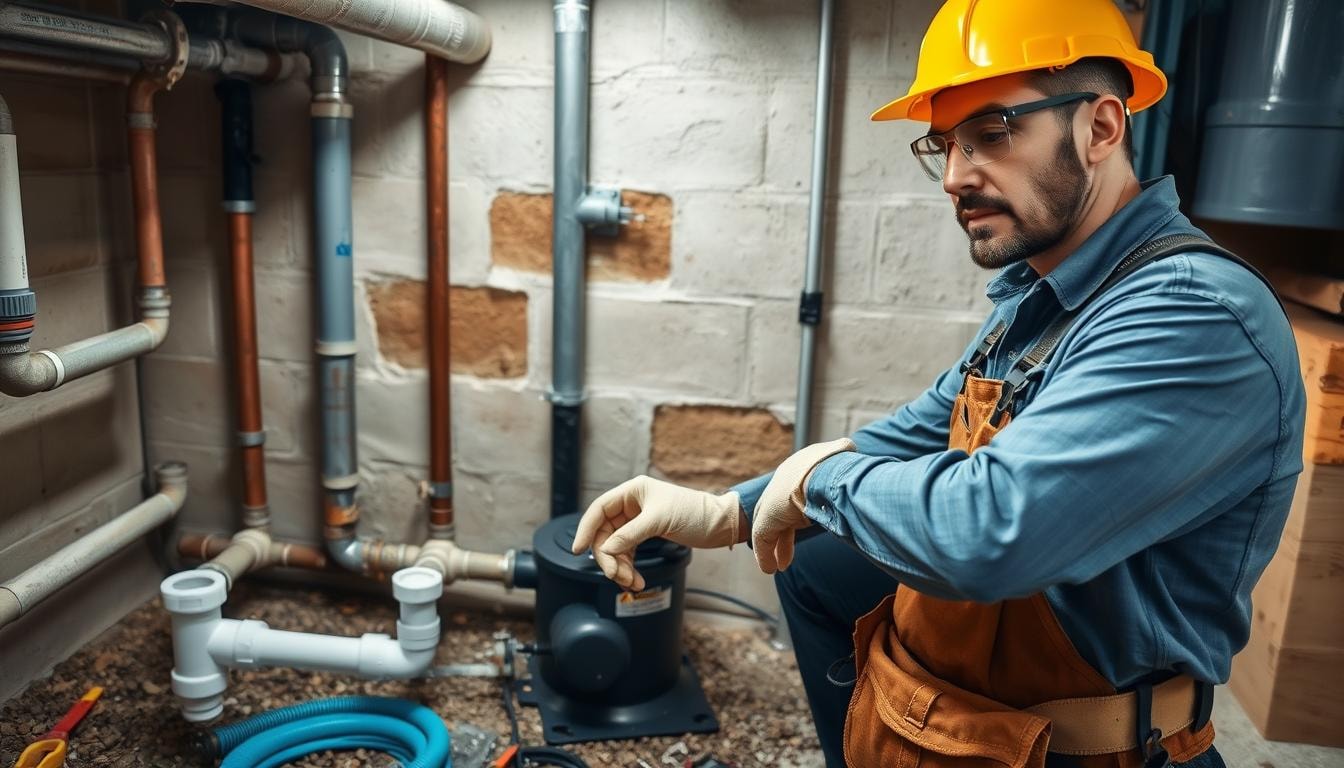Tree Removal Services Near You
Can’t find what you are looking for?
How It Works
-
Answer a few questions about your home project.
-
Within seconds, get matched with top-rated local pros.
-
Compare quotes and choose the best pro for the job.
Tree Removal Services In Your Area
Choosing the Best Tree Removal Services: A Guide
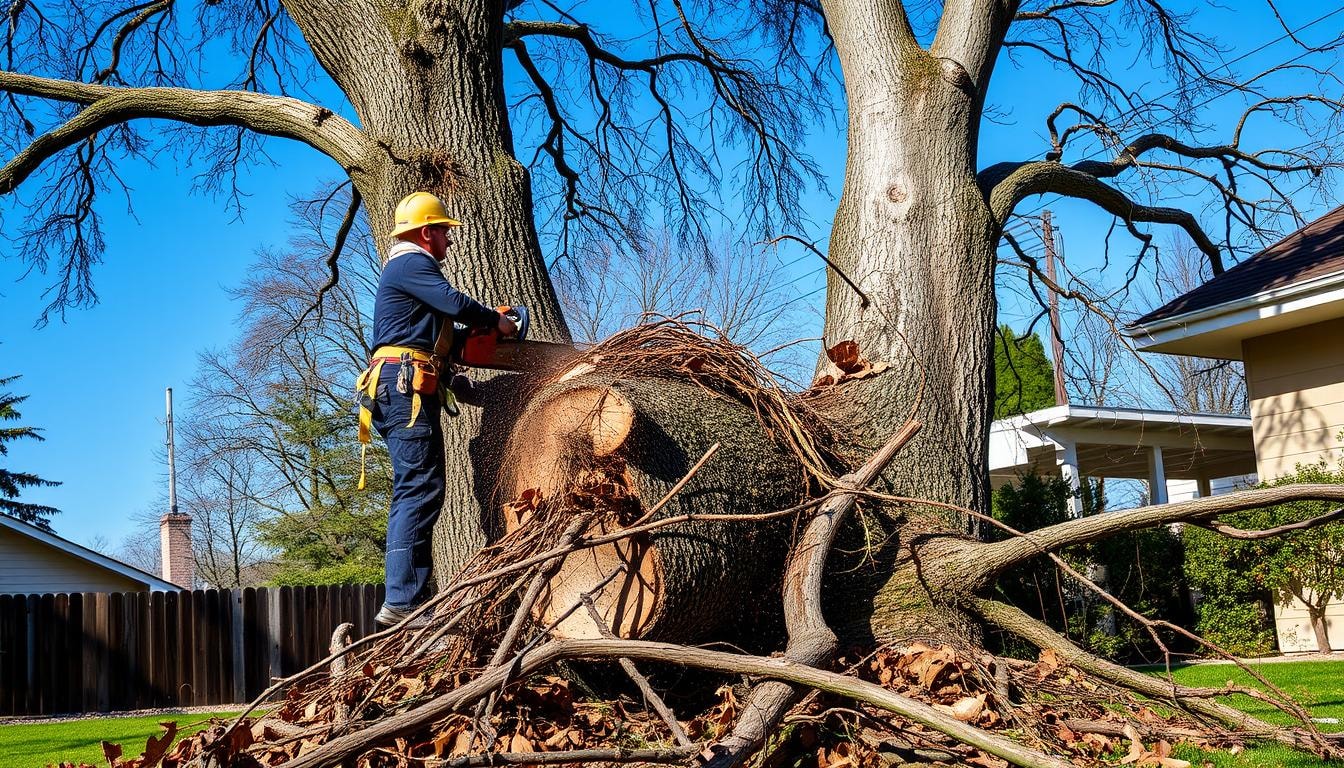
Key Takeaways
- Certification and accreditation are crucial when selecting a tree removal company.
- Experienced and insured tree removal professionals provide greater safety and customer satisfaction.
- Obtaining multiple quotes and reading online reviews can help you find the best value for your money.
- Proper safety equipment and adherence to local regulations are essential for a successful and compliant tree removal project.
- Stump grinding and landscape restoration are important considerations after tree removal.
Introduction to Tree Removal Services
Tree removal involves safely extracting a tree from its location. This is often due to poor health, instability, or safety risks. Professional services are crucial when a tree becomes a hazard, is damaged, diseased, or grows in an unwanted location.
What is Tree Removal and Why is it Necessary?
Trees can threaten property and safety due to storm damage, pest infestations, or diseases. These issues can weaken their structure, making removal necessary. Removing hazardous trees enhances safety and preserves the area’s aesthetic value.
It also helps maintain property value by preventing potential damage from falling branches or collapsing trunks.
Benefits of Professional Tree Removal Services
- Trained professionals with necessary equipment for safe and efficient removal
- Reduced risk of property damage or personal injury during removal
- Proper disposal and cleanup of the tree and debris
- Expertise in identifying tree health or location issues
- Adherence to local regulations and environmental considerations
Qualified tree removal experts ensure safe and efficient removal of problematic trees. They offer specialized knowledge to maintain landscape health and aesthetic value. Homeowners benefit from their experience in handling complex tree issues.
Assessing the Need for Tree Removal
A professional tree health assessment is vital before deciding on tree removal. This evaluation helps identify signs of decline or damage. It determines if removal is the best option.
Signs of a Dying or Hazardous Tree
Trees may show warning signs that suggest removal is needed. These include:
- Excessive deadwood or hanging limbs
- Storm damage, including broken or cracked branches
- Sudden leaning of the tree
- Severe pest infestations or disease
- Signs of decline, such as discolored or sparse foliage
Evaluating the Tree’s Location and Surroundings
The tree’s location and its nearness to power lines and structures must be assessed. Trees risking property damage or interfering with utility lines may need removal. This applies even if they look healthy.
A thorough tree health check helps homeowners decide if removal is necessary. It guides them in taking steps to protect their property. Safety and well-being are key factors in this decision.
Legal and Environmental Considerations

Tree removal planning requires knowledge of legal and environmental factors. Local laws may regulate tree removal, especially for shared or protected trees. Compliance with these tree removal regulations and local ordinances is essential to avoid legal troubles.
Trees offer vital benefits like oxygen production and wildlife habitat. They also provide shade, helping regulate temperatures. An arborist can assess if removal is truly necessary, considering these environmental impacts.
- Local and state laws may have specific regulations around tree removal, particularly for trees on shared property or in protected areas.
- Trees provide critical environmental benefits, including oxygen production, wildlife habitat, and temperature regulation through shade.
- The environmental impact of tree removal must be carefully considered and weighed against the necessity of the removal.
- A tree health assessment by a certified arborist can help determine the overall value and necessity of tree removal.
Understanding these factors helps make informed decisions about tree removal. Balancing property needs with ecosystem preservation is crucial. Responsible practices involve following regulations and prioritizing environmental stewardship.
Preparing for Tree Removal Services
Before hiring a tree removal company, get a certified arborist to assess the tree’s condition. This arborist assessment helps determine the best approach for tree removal. It also sets proper expectations.
Understanding the removal process is crucial. This includes knowing about equipment, safety protocols, timeline, and potential disruption. Homeowners can prepare better with this knowledge.
Getting a Professional Tree Assessment
A certified arborist’s tree health evaluation is the first step in tree removal preparation. They examine the tree’s condition and identify any issues. The arborist then recommends the best course of action.
This assessment is key for determining the safest and most effective removal process.
Understanding the Removal Process
- The removal process usually involves cutting the tree down to a low stump. Branches are cut into firewood or removed as requested.
- Methods vary based on available space and tree size. Options include cutting the tree down whole or removing branches individually.
- Proper safety equipment and training are vital for the tree removal crew’s smooth operation.
- The timeline depends on job size and complexity. Potential disruptions to the surrounding area also affect the timeline.
Knowing about the arborist assessment, removal process, equipment, and safety protocols helps homeowners prepare. This knowledge ensures a seamless and well-coordinated tree removal experience.
Choosing the Right Tree Removal Company
Picking the best tree removal company is key for a safe and smooth job. It’s vital to check potential companies carefully. This helps you find a skilled and reliable service provider.
Researching and Vetting Companies
Look for tree removal companies with good reputations and positive reviews. Check if they have certified arborists and proper licenses.
Make sure they have the right insurance coverage. This shows they care about safety and your property.
Asking the Right Questions
- What safety measures and equipment do you use during tree removal operations?
- Can you provide references or testimonials from previous clients?
- How do you determine the pricing for your services, and can you provide a detailed written estimate?
- Are your employees trained and experienced in tree removal techniques?
- Do you have the appropriate licenses and insurance coverage, including liability and workers’ compensation?
These questions help gauge a company’s focus on safety and professionalism. They also show how open the company is about its work.
Good research helps you hire a trusted tree removal company. They’ll provide top-notch service while keeping your property safe.
A quality company will also protect the surrounding environment. This ensures a worry-free tree removal experience.
Safety Measures and Equipment
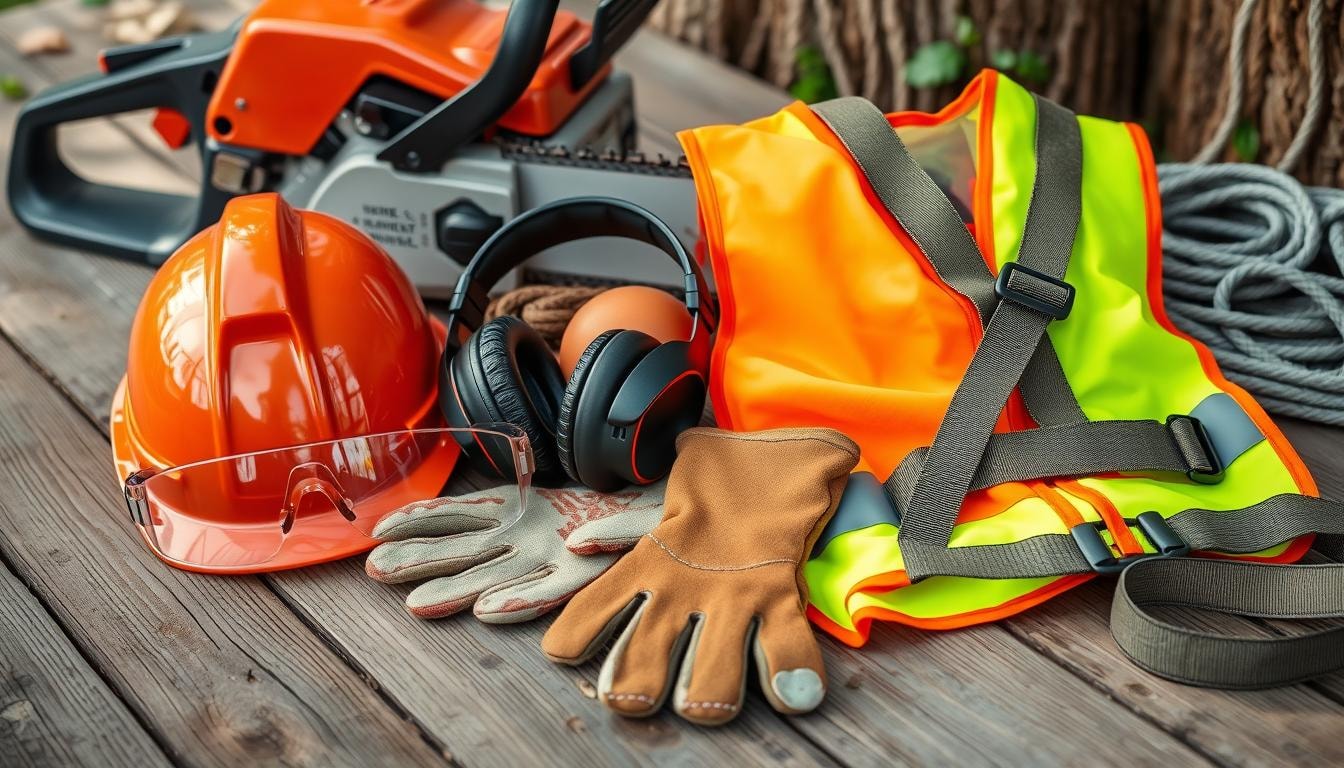
Tree removal is a high-risk job that needs strict safety rules and special tools. Good companies make sure workers wear proper gear and get thorough training. This helps reduce dangers linked to the work.
Importance of Proper Safety Gear and Training
Tree removal can be very dangerous. Workers can die from electric shocks or falling from tall trees. It’s vital that pros wear the right safety gear and get proper training.
This keeps both workers and people nearby safe. Safety gear includes hard hats, sturdy boots, gloves, and climbing equipment. It also includes chainsaw safety items like face shields and leg guards.
Workers should learn proper tree removal methods. They need to spot hazards and know what to do in emergencies. This training helps prevent accidents and injuries.
- PPE for tree removal may include hard hats, non-slip sturdy boots, gloves, climbing equipment (ropes, belts, safety harnesses, carabiners), and chainsaw safety gear (face shield, hearing protection, goggles/safety glasses, leg protection).
- Workers should also receive training on proper tree removal techniques, identifying hazards, and emergency procedures to minimize the risk of accidents and injuries.
Essential Equipment for Tree Removal
Tree removal companies need special tools to work safely and well. These tools help them finish the job quickly and safely.
- Cranes: For the safe handling and transportation of large, heavy tree sections.
- Chippers: To process and dispose of tree branches and debris.
- Stump grinders: To remove tree stumps and roots, leaving the area clear for landscape restoration.
- Debris removal tools: To collect and transport the remaining wood and foliage from the site.
Good tree removal companies use the right tools and train their workers well. This makes the job safer and more efficient. It also gives clients a better experience.
Stump Removal and Landscape Restoration
Tree removal leaves behind a stump that needs attention. Stump removal or grinding is crucial to prevent issues and enhance curb appeal. It prepares the area for landscape restoration.
Stump Grinding and Removal Options
Choosing between stump removal or grinding depends on various factors. These include stump diameter, tree age, root system, and soil type. Stump grinding is often more economical and produces useful mulch.
Complete stump removal may be necessary in some cases. It eliminates risks of pest infestations, decay, and other hazards.
Restoring Your Yard After Tree Removal
- Professional replanting services: Experts can install new plants in the area where the tree stump was removed, ensuring proper placement and growth conditions.
- Comprehensive cleanup: The service provider will handle the general cleanup, leaving the yard clean and free of tree and stump debris.
Professional stump removal services save time and money. They also prevent injuries associated with DIY efforts. Experts have the right equipment to tackle the job safely and efficiently.
Cost Considerations for Tree Removal Services
Tree removal costs can vary greatly based on several factors. Size, type, and location of the tree affect the final price. Professional tree removal services typically range from $400 to $2,000.
The average cost for tree removal is about $1,200. Cedar tree removal may cost $250 to $2,000. Mature maple tree removal can range from $1,100 to $2,000.
Tall trees (50-80 feet) usually cost $900 to $1,200 to remove. Stump grinding adds $300-$400, while debris removal costs $50-$100. Permits may cost $200-$2,000.
Emergency tree removal for fallen or hazardous trees can be pricier, often around $2,500. Neglecting dangerous trees can lead to property damage and decreased home value. Professional tree removal protects your property and maintains its value.
To find the best deal, get quotes from multiple reputable tree removal companies. Compare prices and services included in each quote. This helps you make a smart choice that balances cost and quality.
Find the Best Tree Removal Pros with FindPros
Need crane assisted tree removal or urgent removal of a fallen or diseased tree? FindPros can help you find qualified arborists and tree cutting services in your local area. Just answer a few simple questions about your tree removal project, and we’ll match you with top-rated pros who can provide free consultations and competitive quotes. Compare data rates, get the best pricing when multiple pros compete for your job, and choose the professional that’s the perfect fit. Take the stress out of removing trees safely and efficiently.
Conclusion
Choosing the right tree removal service is vital for safe and efficient landscape management. It’s important to assess removal needs, legal issues, and environmental factors. This approach protects your investment and keeps trees healthy.
Certified arborists and skilled professionals play a crucial role in tree removal. They use specialized equipment and techniques to safely remove trees. This minimizes risks to structures, landscaping, and underground utilities.
These experts offer more than just tree removal services. They can prune, control diseases, and even relocate trees. This helps conserve valuable vegetation on your property.
Hiring a reputable tree service brings many benefits. It’s cost-effective and time-efficient. They handle proper disposal and cleanup too. This investment prevents future problems and protects property value.
Professional tree care maintains an attractive, well-managed landscape. It enhances your home’s overall appeal and aesthetic.
Frequently Asked Questions (Tree Removal Services)
MOST POPULAR CITIES
Browse by State- Alameda
- Costa Mesa
- Laguna Beach
- Orange
- Alhambra
- Culver City
- Lancaster
- Oroville
- Anaheim
- Daly City
- Livermore
- Oxnard
- Antioch
- Davis
- Lodi
- Pacific Grove
- Arcadia
- Downey
- Lompoc
- Palm Springs
- Bakersfield
- El Centro
- Long Beach
- Palmdale
- Barstow
- El Cerrito
- Los Angeles
- Palo Alto
- Belmont
- El Monte
- Malibu
- Pasadena
- Berkeley
- Escondido
- Martinez
- Petaluma
- Beverly Hills
- Eureka
- Marysville
- Pomona
- Brea
- Fairfield
- Menlo Park
- Port Hueneme
- Buena Park
- Fontana
- Merced
- Rancho Cucamonga
- Burbank
- Fremont
- Modesto
- Red Bluff
- Calexico
- Fresno
- Monterey
- Redding
- Calistoga
- Fullerton
- Mountain View
- Redlands
- Carlsbad
- Garden Grove
- Napa
- Redondo Beach
- Carmel
- Glendale
- Needles
- Redwood City
- Chico
- Hayward
- Newport Beach
- Richmond
- Chula Vista
- Hollywood
- Norwalk
- Riverside
- Claremont
- Huntington Beach
- Novato
- Roseville
- Compton
- Indio
- Oakland
- Sacramento
- Concord
- Inglewood
- Oceanside
- Salinas
- Corona
- Irvine
- Ojai
- San Bernardino
- Coronado
- La Habra
- Ontario
- San Clemente
